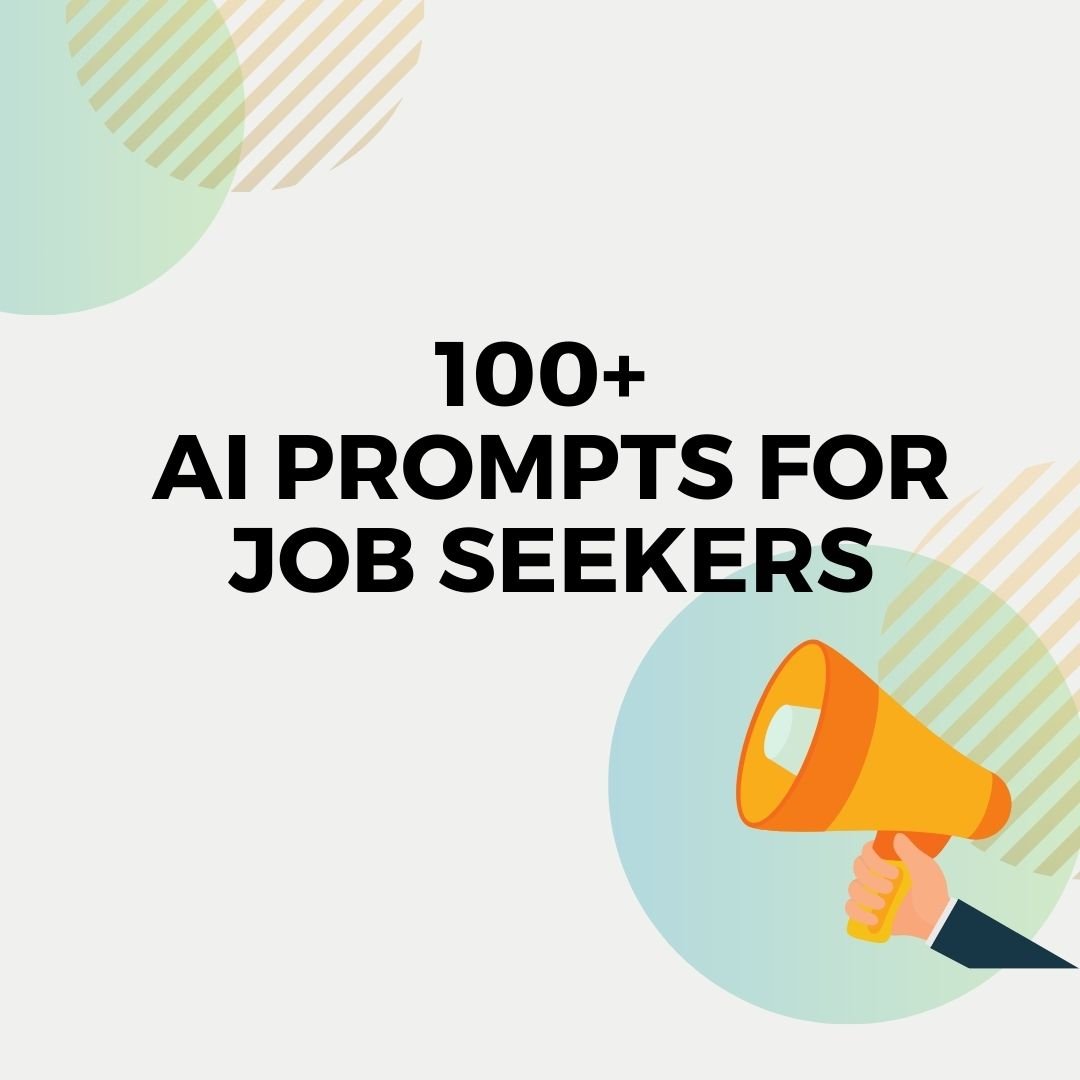In today’s competitive job market, leveraging AI Job Prompts using tools like ChatGPT can give job seekers an edge—if used effectively. However, there are also ways these tools can be misused, leading to generic or uninspired job applications. This blog post outlines both the best and worst ways to use AI as a job seeker, helping you maximize its potential in your career journey. Worst Use Case: Believing Generic Job Prompts Will Get You the Job Many job seekers stumble upon viral LinkedIn posts with one or two-sentence prompts promising to revolutionize your job search. These posts often claim that a simple command can help you: Unfortunately, these methods are often written by non-job seekers who haven’t tested their advice. Instead, they are designed to generate hype and promote products. The result? A generic and ineffective job application that fails to impress hiring managers. Best Use Case: Researching Companies Like a Pro ChatGPT shines when tasked with helping you thoroughly research a company. For example, here’s a strategic prompt: “Assume the role of a job search coach with 20 years of experience. I’m interviewing for the Product Marketing Manager position at Stripe. Your task is to research and provide: Stripe’s core business model, how they make money, their top competitors, how their products are differentiated, and specific tips for candidates applying for this position.” This approach focuses on the essential information needed for the initial research phase of your application, following the 80/20 rule: only ask for what’s most relevant. With the output, you can craft a tailored application and stand out from other candidates. Worst Use Case: Using AI for Entire Cover Letters One major pitfall is relying on AI to write an entire cover letter with a single prompt. The result is often generic and robotic, as AI struggles to solve the nuanced problem of creating personalized, engaging content. Best Use Case: Breaking Down the Cover Letter Process Instead of one generic prompt, use a Chain of Thought prompting technique to create your cover letter in sections: This structured approach results in higher-quality, personalized content that stands out to hiring managers. Worst Use Case: Relying on Auto-Apply Tools Many job seekers turn to auto-apply tools marketed as one-click solutions. While they save time, they result in generic applications that lack the personal touch required to impress employers. Tailored applications are always more successful. Best Use Case: Tailoring Resumes with AI Instead of auto-applying, use AI to customize your resume bullet points to match specific job descriptions. For example: This approach ensures your resume highlights the most relevant skills and experiences for each application. Stealing with Pride: Learning from Winning Formulas Another powerful use case is leveraging successful templates and adapting them to your profile. For instance, many LinkedIn creators share headline templates that attract recruiters. Use a prompt like this: “Assume the role of a career coach with 20 years of experience. Based on my resume, create an eye-catching LinkedIn headline.” By studying and applying proven strategies, you can optimize your professional presence online. Key Takeaway: AI Complements Your Efforts, Not Replaces Them AI tools like ChatGPT can make your job search more efficient, but they won’t replace the effort needed to craft personalized applications. The more strategic and intentional you are in using AI, the better your results will be. Focus on using ChatGPT to enhance your workflow, conduct in-depth research, and tailor your applications. By avoiding shortcuts and taking a thoughtful approach, you can maximize your chances of landing your dream job. General Resume Building Compelling cover letters Job interview preparation Questions for interviewers Networking and Emails Salary Negotiation Remote Jobs Job Application Process Job Search Strategies Video Interviews Workplace Culture and Fit Long-Term Career Planning Various interview scenarios Conclusion These prompts empower candidates to: Ultimately, these prompts serve as a roadmap to help candidates navigate interviews with a strategic approach, enabling them to leave a lasting positive impression and maximize their chances of securing the job. By addressing these prompts, individuals can take proactive steps toward career success while demonstrating their value to potential employers.
